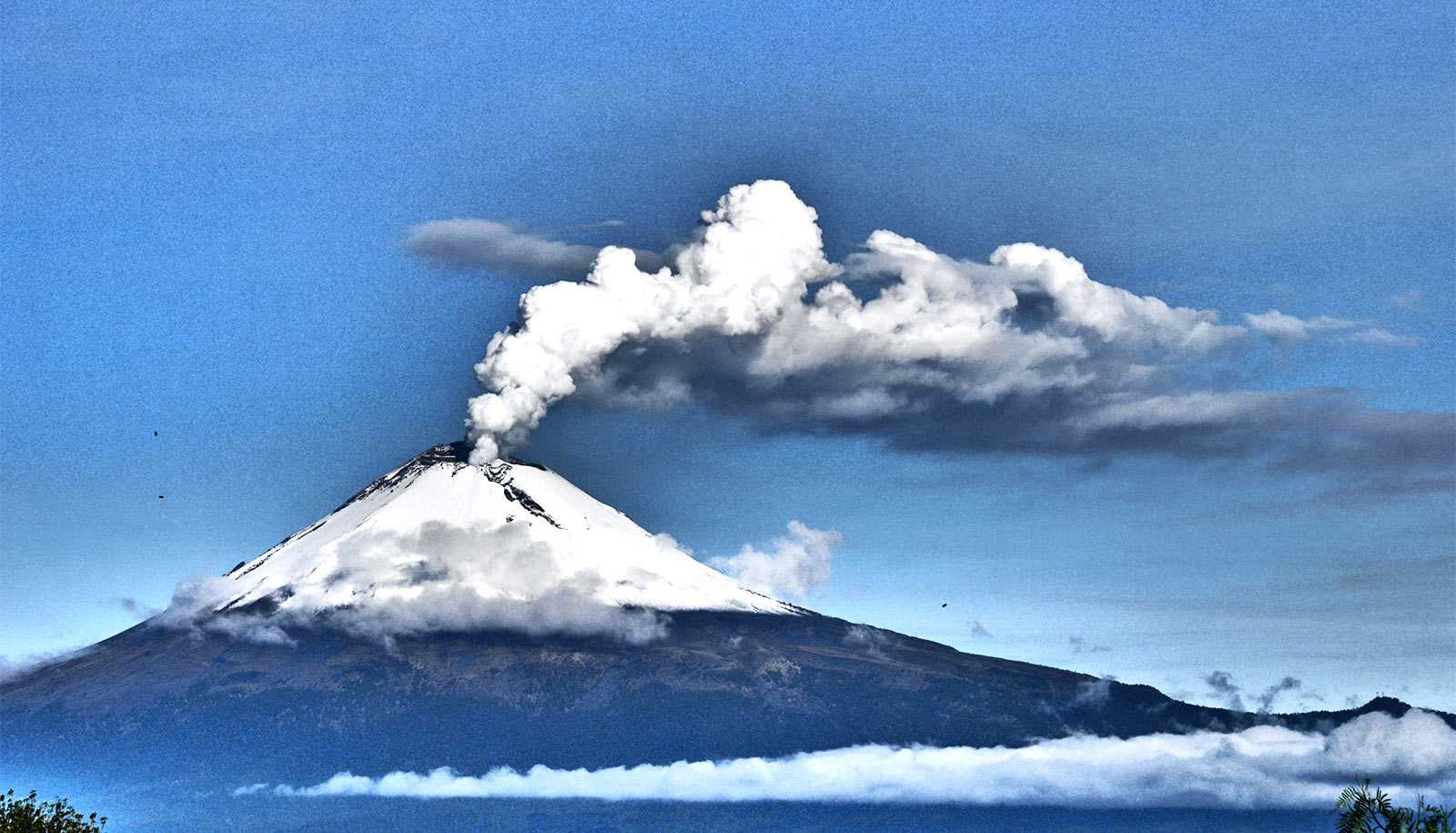PResearchers are still investigating the causes of oxygen fluctuations. The hypothesis is that each fluctuation is the possibility of high levels of methane gas. Greenhouse gases are known to be more efficient at trapping heat than carbon dioxide.
However, methane is considered to play a smaller role in global warming than carbon dioxide. Because methane reacts with oxygen and disappears from the atmosphere in about a decade, while carbon dioxide lasts for hundreds of years.
But in conditions of low oxygen levels in the atmosphere, methane lasts longer and acts as the dominant greenhouse gas. So, the order of oxygenation and climate change on earth in the past according to researchers is cyanobacteria produces oxygen, which reacts with methane in the atmosphere to leave behind carbon dioxide.
Carbon dioxide is not abundant enough to cover the warming effects of the lost methane. This made the planet start to cool, which resulted in the expansion of glaciers, so that the planet’s surface became icy cold.
Also Read:
Then what makes the earth warmer? Researchers estimate that what saved the planet from permanent freezing were subglacial volcanoes. Volcanic activity raises carbon dioxide levels high enough to warm the planet again.
Methane from volcanoes makes microorganisms cyanobacteria again began to accumulate in the atmosphere, also heating up the situation even more. It doesn’t stop here, carbon dioxide from volcanic activity reacts with rainwater, then forms carbonic acid, which dissolves rock more rapidly than rainwater with a neutral pH.
“This faster weathering of rocks brings more nutrients like phosphorus to the oceans,” says Bekker. In the period of 2 billion years ago, the entry of nutrients into the sea pushed cyanobacteria oxygen-producing ocean with high productivity. This condition increases the oxygen level in the atmosphere, decreases the methane content and starts the whole cycle again.
Finally, another geological change broke this oxygenation-glaciation cycle. The pattern appears to have ended about 2.2 billion years ago when rock records showed an increase in buried organic carbon. This stage shows photosynthetic organisms experiencing their heyday.
No one knows exactly what triggers this tipping point, Bekker and his colleagues estimate that volcanic activity is driving the influx of new nutrients into the oceans. In the end give cyanobacteria everything you need to develop.
At this point, Bekker says, oxygen levels are high enough to permanently suppress methane’s too much influence on the climate. Carbon dioxide from volcanic activity and other sources is the dominant greenhouse gas to keep the planet warm.
Also Read:
There are many other rock sequences from this era around the world, including in West Africa, North America, Brazil, Russia, and Ukraine. Bekker says more studies are needed to reveal how the initial cycle of oxygenation worked, especially to understand the tides that affect planetary life.
(hay / G-1)
Editor : Aloysius Widiyatmaka
– .


